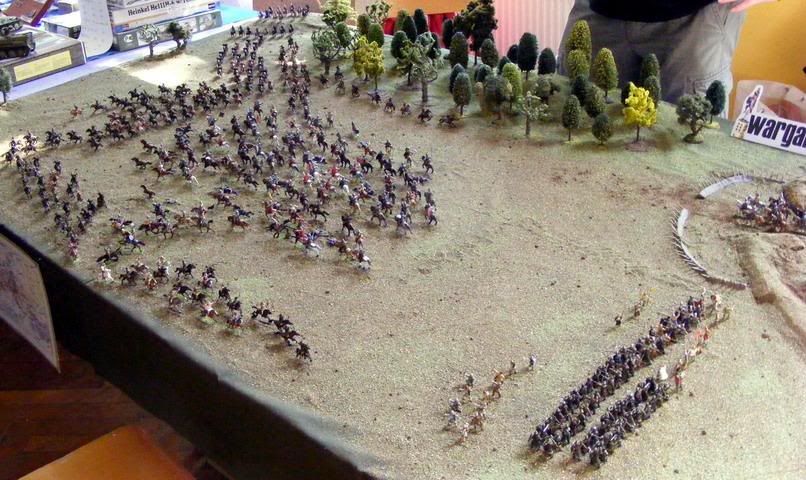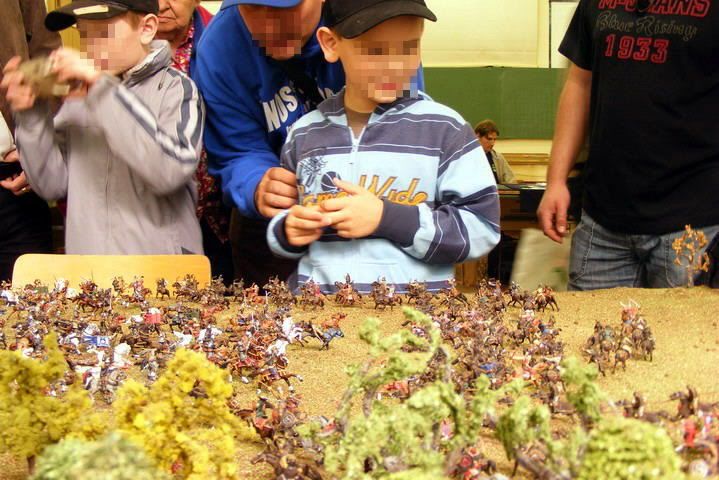1/72 Hungarian rovings in the Xth century
Dated: April 30, 2009.
De sagittis Hungarorum libera nos, Domine!
The Latin prayer, that was chosen for the title of our diorama, was for many centuries part of the church liturgy in many western European countries, in rememberance of the military successes of our conquering ancestors.
Military campaigns that were led by the Hungarians to several regions of Europe, after their Settlement in Hungary, are called roving. Between 862 and 970 the Hungarian army started at least 47 campaigns, 38 to the west and 9 to the south. In 936 there were some personal changes among the heads of the Frank states, to the west and also to the east of the river Rhine. Louis from the Caroling Dynasty came to the throne at the western Franks (the French). The Hungarians during their campaign started in 937 attached Lorraine (next to Worms) after they crossed the Rhine. The Hungarian army have probably had started in the cold winter months, because they reached the town Sens on the 24. March, that is in the neighbourhood of Paris. King Louis was not strong enough to interfere and stop their incursions in Franke. The Hungarians had to fight the local resistance at Orléans, but they won. During their western roving they succeeded to get for the second time to the costs of the Atlantic. On their way back they ravaged Burgundy, then Italy, too. They got right to Capua through the Alps.
This campaign is mentioned not only by the Saxon chronicles, but also by the foundation and dotation document of the French Luxoviensis Monastery. Unfortunately there is not any detailed, or genuine respected documentation about the certain battles or collisions, because these were mostly recorded by clergymen that were unversed in strategy, and often exaggerated. Our diorama demonstrates a possible battle of the 937 French campaign, taking into consideration the at the time usual warfare tactics of the Hungarians. The most frequently used martial tactics was ambushing the enemy. We show an example of this. The Frank cavalry chased the seemingly routing Hungarian army, and the Frank reserve infantry followed them, well dropped behind. The running Hungarian cavalry disarranged the Frank lines with continous storm of arrows, so they arrived as a scattered, shapeless multitude to the Hungarian troops that were waiting for them in the woods, and this way they could easily turn against the enemy. In the same time the Hungarian troops that simulated a runaway turned back to enclose them.
Best regards,
Krisztian Takacs
Hungary






Many thanks to Mr. Krisztian Takacs.